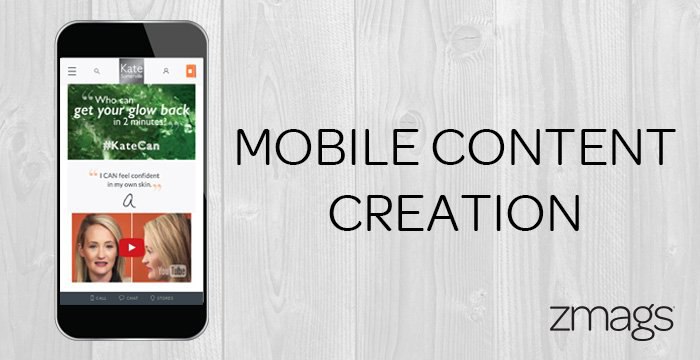Mobile Content Strategy: 4 Key Steps


Sharing perspectives on the latest trends and tips to help eCommerce brands stay ahead to engage and drive revenue.


Sharing perspectives on the latest trends and tips to help eCommerce brands stay ahead to engage and drive revenue.